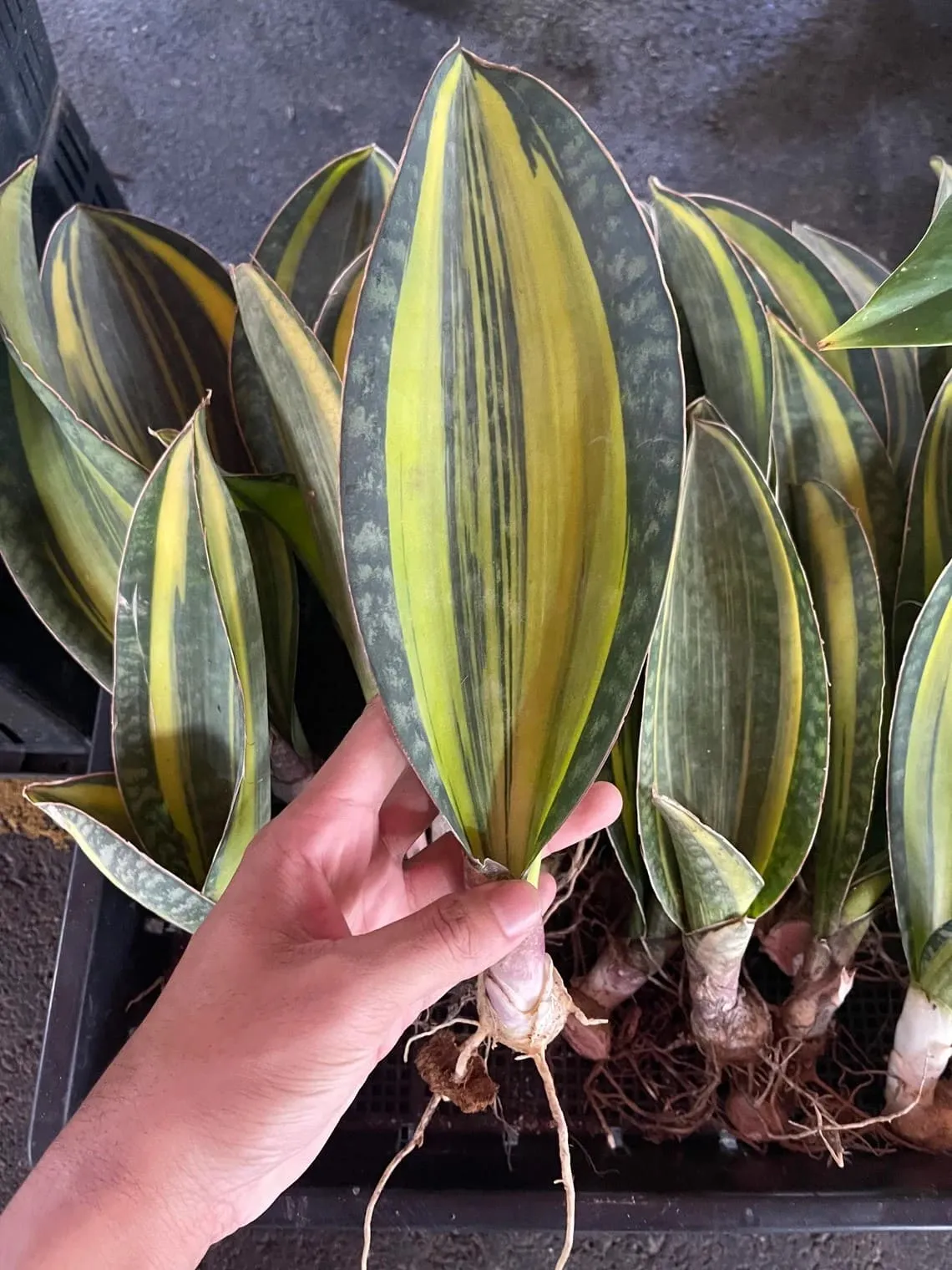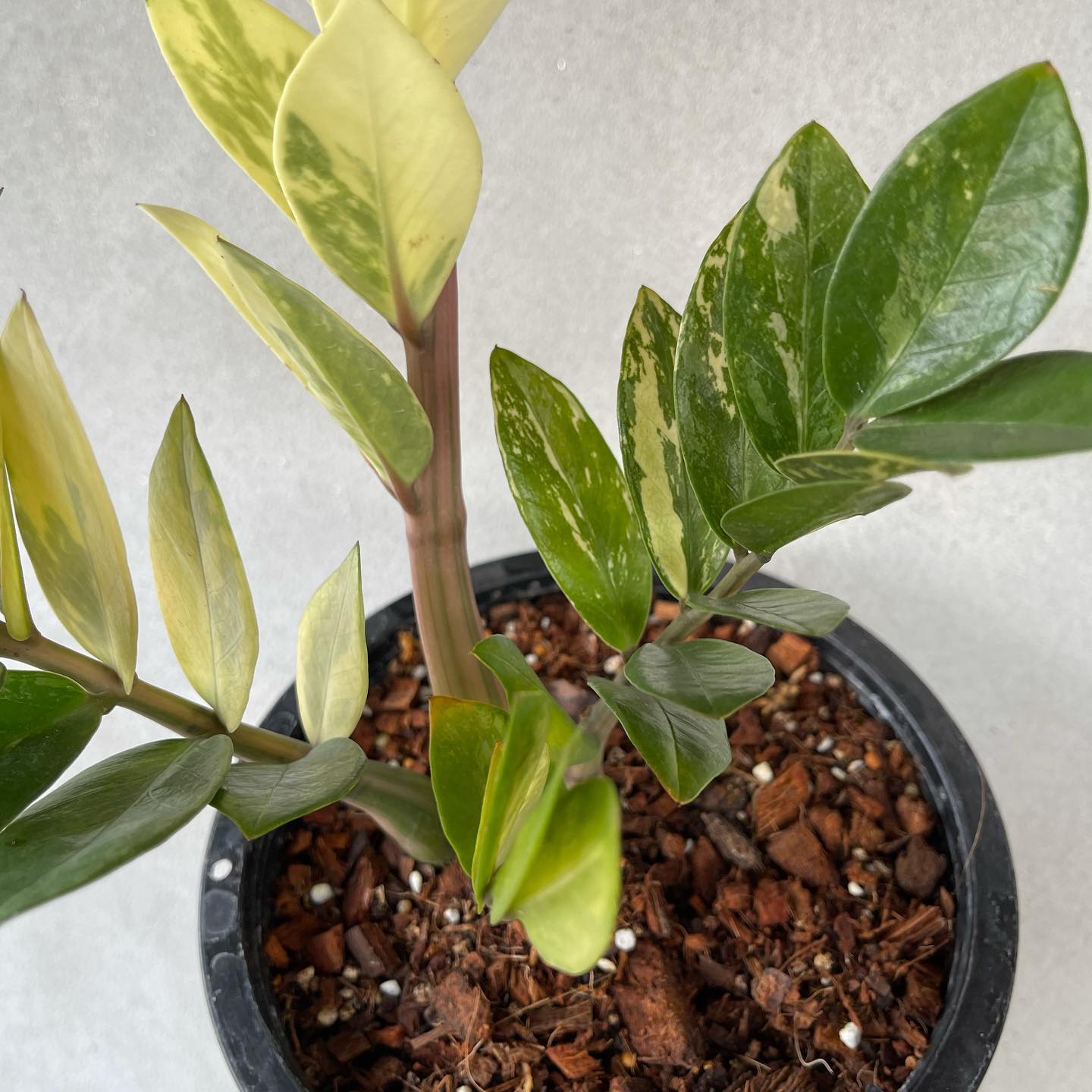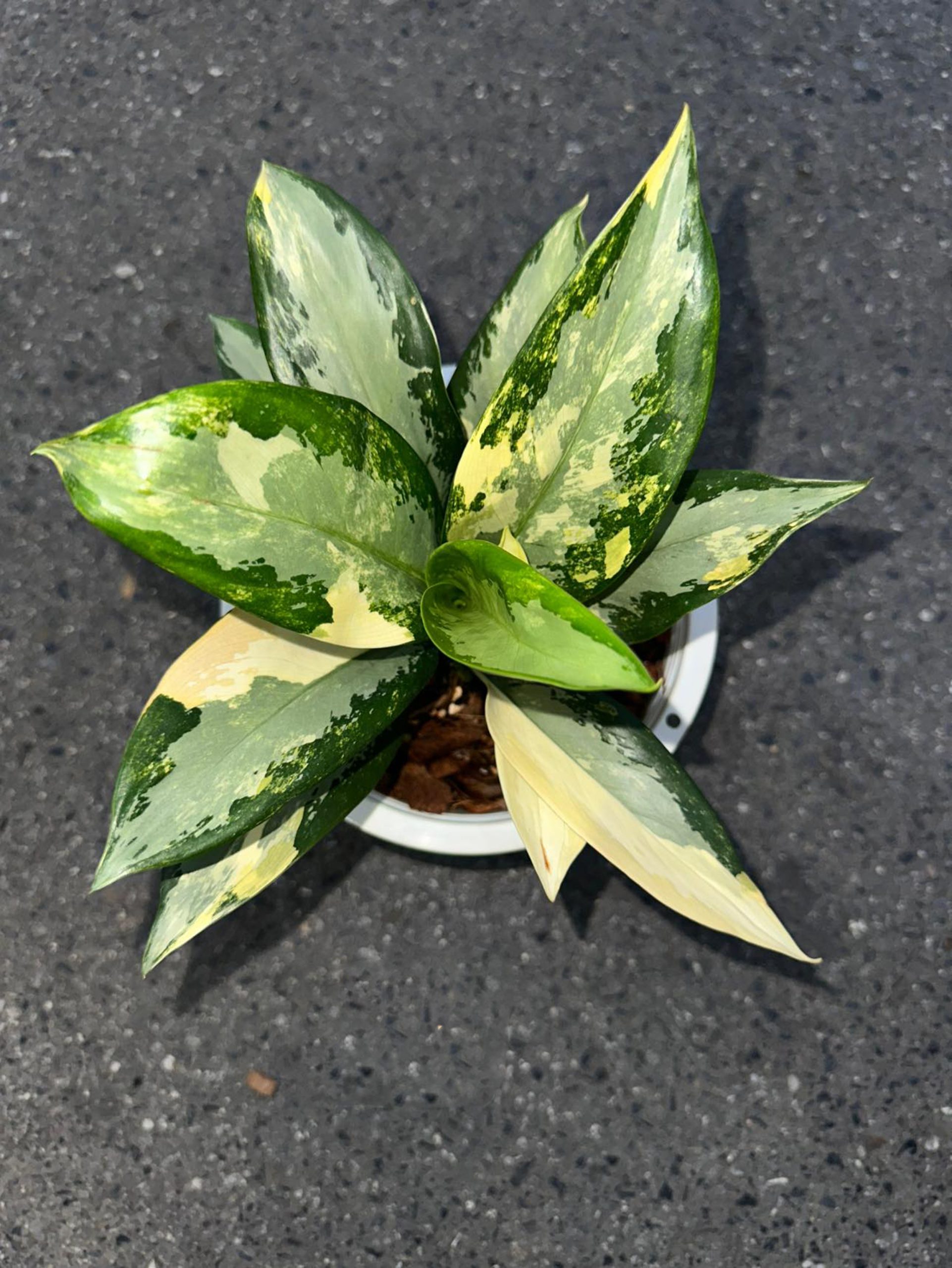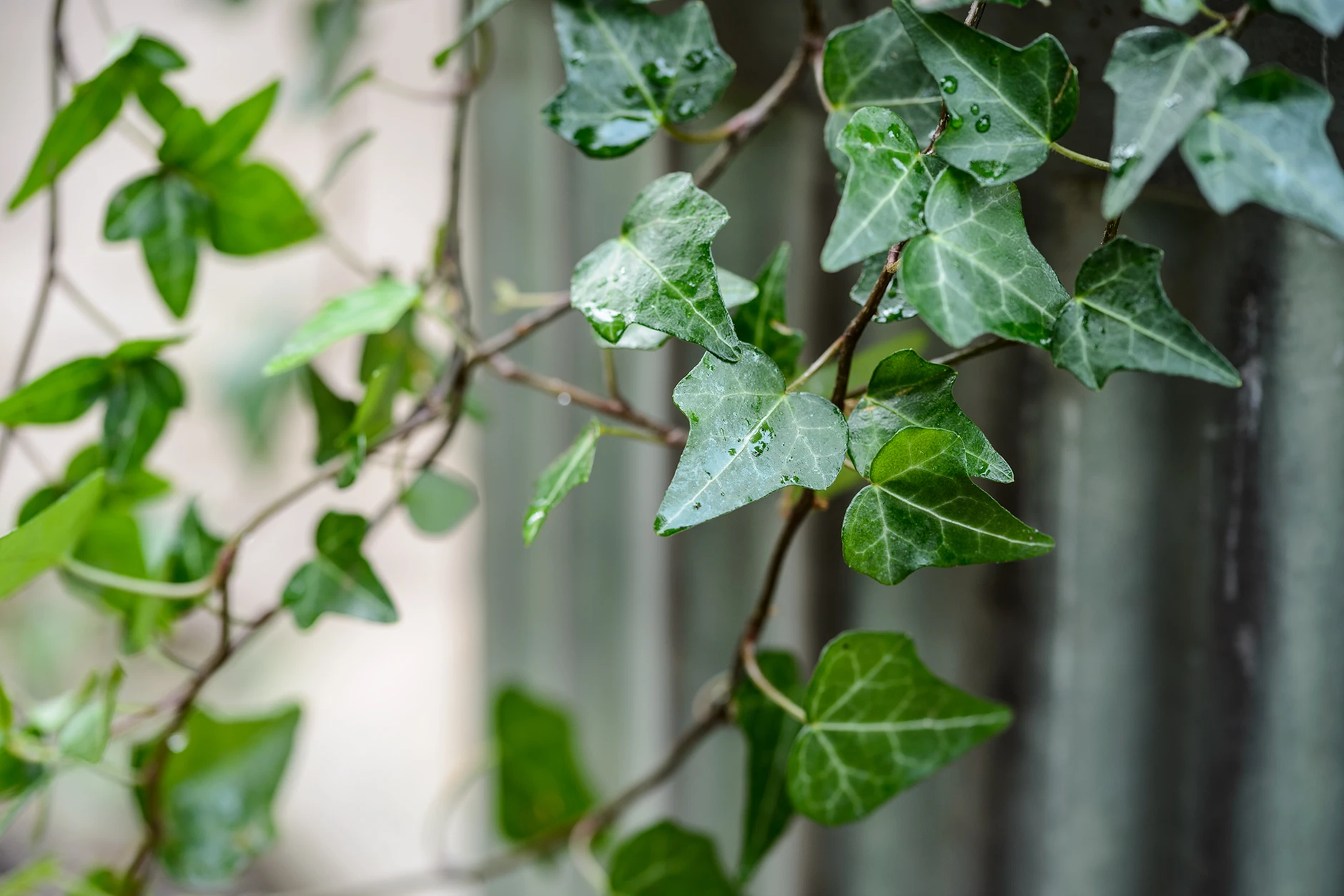Having a plant in your home or office can liven up the space and make it feel more inviting. But what if the room you want to put a plant in doesn’t get much natural light? Not to worry, there are a number of low-light tolerant houseplants that can thrive in dark rooms and corners.
The best plant for a dark room is the snake plant. Also known as mother-in-law’s tongue or Sansevieria, the snake plant has long, upright, sword-shaped leaves with striking patterns. Native to tropical West Africa, snake plants are very hardy and adaptable to indoor conditions. They are able to photosynthesize efficiently even in low light. Snake plants also require little water and can tolerate some neglect. Their sleek, architectural shape makes them a stylish design element as well.
Snake Plant Care
Caring for a snake plant in a low-light environment is simple. Here are some tips:
| Care | Snake plant |
|---|---|
| Light | Needs very little light to survive. Can tolerate low light conditions and even thrive in windowless rooms. Place away from direct sun to avoid scorching the leaves. |
| Water | Allow the soil to dry out completely between waterings. Overwatering is the main cause of problems. Water less frequently in winter when growth slows. |
| Soil | Use a well-draining potting mix. Amend dense soil with perlite or bark chips to prevent sogginess. |
| Fertilizer | Fertilize lightly in spring and summer with a balanced houseplant food. Stop feeding in fall and winter. |
| Temperature | Ideal temperatures are 60-80°F. Avoid cold drafts. |
| Humidity | Average room humidity is fine. These plants are very tolerant of dry air. |
| Propagation | Easily propagate new snake plants by dividing the roots or taking leaf cuttings. |
With proper care, snake plants will thrive for years in dark interior spaces. Pay attention for signs of poor health like wilting, drooping, or yellow leaves.
See also the list of rare indoor plants in 2023
See also the list of rare indoor tissue culture plants in 2023

Other Low-Light Tolerant Plants
In addition to the versatile snake plant, there are many other houseplants that can grow in low-light conditions. Here are some top picks:
ZZ Plant
The ZZ plant (Zamioculcas zamiifolia) is native to eastern Africa. It has sturdy stems with glossy, rounded leaflets that emerge from swollen bases. The waxy leaves store water so the ZZ plant handles drought well. It tolerates very low light but also does fine in moderate indirect light. Water only when the soil dries out. ZZ plants are slow growing but can reach heights of 3-4 feet. Their unique form adds sculptural interest.

Pothos
A classic trailing vine, pothos (Epipremnum aureum) is almost indestructible. With heart-shaped satiny leaves in green or variegated colors, pothos can withstand low light, infrequent watering, dry air, and neglect. It happily trails from a hanging basket or climbs up a moss pole. Keep pothos away from cold drafts. Wipe dust from the leaves periodically. Easy to propagate by cuttings.

Aglaonema
Also known as Chinese evergreen, Aglaonema is an elegant plant with striking patterned leaves. The spear-shaped leaves have silver-green or yellow edges and markings. Aglaonema prefers bright indirect light but will adapt to lower light areas. Water when the top inch of soil is dry. Wipe dust from the leaves. Keep away from drafts and heating or cooling vents. A slow grower reaching 2-3 feet tall. Great clean air plant.

Spider Plant
Spider plants (Chlorophytum comosum) are hardy and virtually foolproof. Arching grassy leaves emerge from a central rosette, forming the signature spider plant shape. Tiny white flowers on long stalks resemble spiders. Spider plants tolerate very low light. Allow soil to dry between waterings. Brown leaf tips indicate overwatering. Spider plants propagate easily from runners (babies). Keep out of cold drafts. An easygoing and versatile houseplant.

Cast Iron Plant
As the name suggests, cast iron plant (Aspidistra elatior) is nearly indestructible. It has long, erect, lance-shaped leaves that emerge from the soil on long petioles. Cast iron plant tolerates neglect, low light, temperature fluctuations, dry air, dust, and poor soil. Water when the top inch of soil is dry. Wipe dust from large leaves. Remove spent leaves as they yellow. Reaches 2-3 feet tall at a slow pace. A perfect low maintenance option.

English Ivy
The classic ivy houseplant Hedera helix is hardy, versatile, and beautiful. Lush green foliage creates a cascading effect. English ivy tolerates cool temperatures and low light. Allow the soil to dry out some between waterings. Mist leaves to increase humidity. Keep ivy away from drafts and heat sources. Periodically wipe dust from the leaves. Can be trained to climb or trail. Easy to propagate by cuttings. A gorgeous deep green accent plant.

Choosing the Right Plants
When selecting low-light houseplants, opt for plants with broad or thicker leaves that can absorb more light. Plants like ferns and palms need much higher light. Choose plants with waxy or glossy leaves which help reflect light. Variegated plants need more light to maintain their color patterns.
Consider the plant’s light and watering needs, size, growth rate, and overall look. Mix different leaf shapes and textures for visual interest. Most low-light plants have a slow to moderate growth rate. Keep plants looking their best by wiping dust from leaves periodically and removing any damaged foliage or spent flowers.
With the right plants, even very dark corners can be lush and inviting garden rooms. For best results, pair low-light plants with appropriate soil, pots, and care. Pay attention to signs of stress and adjust care as needed. With a little trial and error, you can create a beautiful indoor oasis anywhere.

